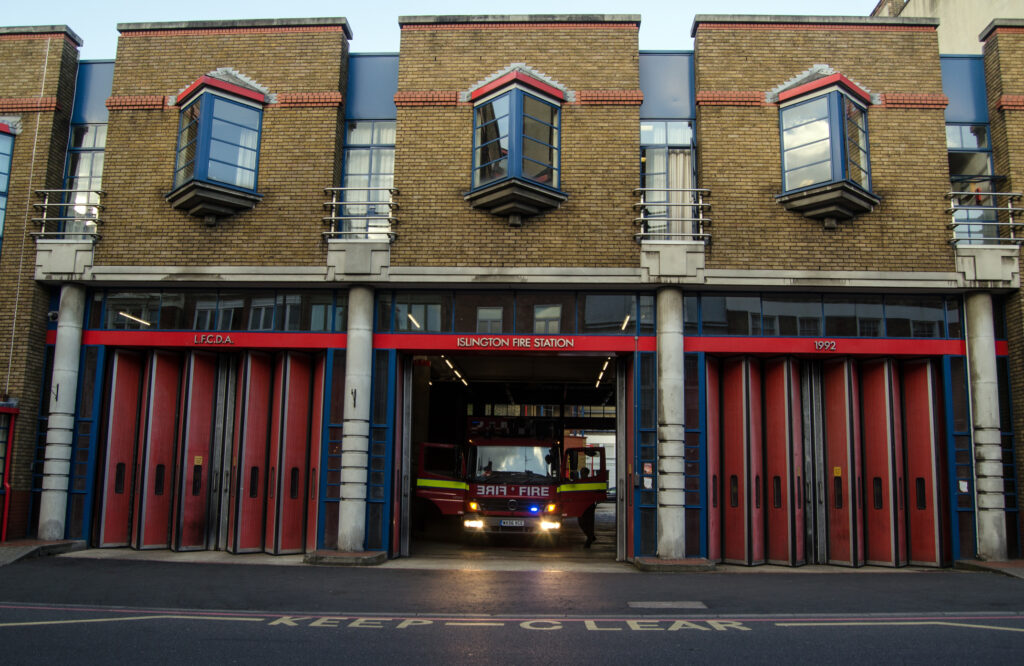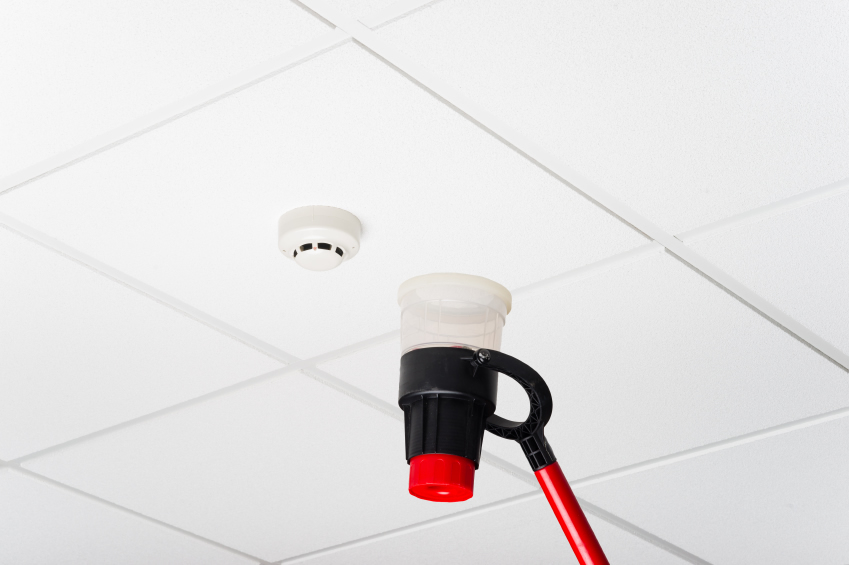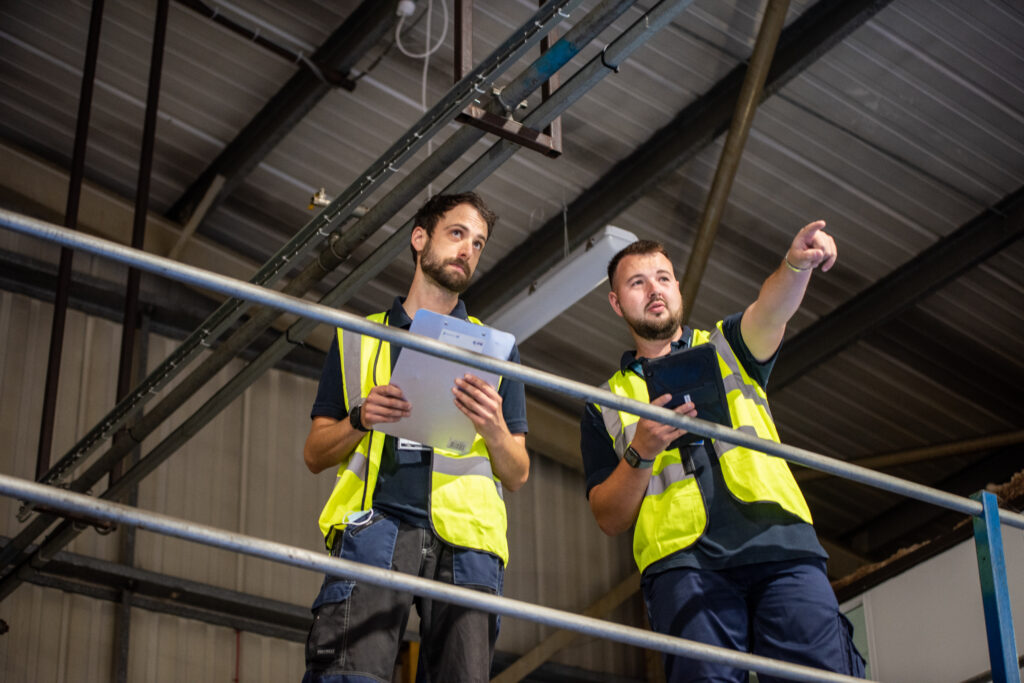Tuesday 19th March 2024
Managing false alarms is a public safety issue. As reported by the BBC, in 2020 the Chief Fire Officer (CFO) at Lincolnshire Fire and Rescue – Les Britzman – asked business owners to take more care and responsibility in managing false alarms. Provided that there are no hazardous materials in the premises and there is no immediate risk to life or the community, the CFO stated that organisations should “have systems in place to go and check those buildings themselves” before calling 999 if a fire is discovered.
Despite this, a National Statistics report shows that FRSs in the UK attended 246,529 fire false alarms in 2023. This was a 3.1% increase on the previous year, and a 6.3% increase on figures 5 years ago. Last year (2023) saw the largest number of false alarms attended since 2011. This diverts essential resources from real emergencies and puts people at risk due to avoidable blue light journeys.

Further to wasting public resources, management and mitigation of false alarms ensures that time is not wasted by needless evacuations. Unnecessary evacuations may cause downtime of machinery, and potentially a loss of earnings. If false alarms are allowed to persist, there occupants may become desensitized to the sound. This puts lives at risk, as in a real emergency, occupants may fail to react properly.
The importance of managing false alarms
BS 5839 Part 1, the Code of Practice for design, installation, commissioning and maintenance of fire alarm systems in non-domestic premises, has a focus on managing false alarms. Therefore, managing fire alarms is recommended for organisations to demonstrate that they are acting responsibly to prevent fires. To achieve this, the Responsible Person must ensure that all false alarms on a system are logged. Each false alarm must also be investigated for a root cause, which must be addressed. Mitigating work must be undertaken as necessary to prevent the same incident occurring again. To learn more about this Standard, see our summary of BS 5839-1: 2017.
Should a real fire occur, documentation including a record of, and mitigation work following past false alarms will be required during the investigation. The maintenance of these records is not a legal requirement. However, correct documentation can prevent prosecutions of negligence. It is also highly likely that insurers will require these records when processing a claim.
How to prevent false alarms
Preventing false alarms can be as simple as fitting flip covers to manual call points to prevent accidental activations. Indeed, this is now a recommendation in the Standard, though not a requirement. However, if a false alarm occurred because a manual call point was accidently triggered, the need to mitigate against repeat occurrences may necessitate their installation.

Another fundamental part of managing false alarms in existing fire alarm systems is to ensure they are maintained. This includes regular testing, inspections, and servicing. This will reduce the risks of false alarms caused by faulty or improperly installed equipment, as well as ensuring that the system is effective in an emergency.
Premises with a change of use should be professionally inspected to identify whether the existing fire alarm system remains suitable. For example, replacing optical beam detectors with a system of point heat detectors would prevent false alarms in a storage warehouse that has been converted into a factory with machinery that creates a lot of dust.
Optimising new fire alarm systems
For new fire alarm systems, during the design stage the full details of the Fire Risk Assessment, the building, and its intended / current use should be made available. This ensures that the most suitable types of detector can be selected, and positioned in the correct way. Suitable detectors in the correct locations are one of the easiest methods for managing false alarms. For example, installing an optical smoke detector near kitchens or bathrooms could result in false alarms due to steam from cooking or baths and showers.
Identifying design shortcomings is not generally the responsibility of an installer. However, the Standard does state that any issues noticed during installation – particularly those arising from features of the building that might not have been known to the designer – should be brought to the attention of the designer or Responsible Person.

False alarms put unnecessary strain on UK fire services, diverting essential resources away from real fires, and putting lives at risk. Managing false alarms is in the interest of organisations as it prevents disruption.
Safelincs provide nationwide fire alarm system servicing and maintenance contracts at competitive pricing. View our Servicing and Maintenance page or call our Servicing team on 0800 612 4827 for more information.
